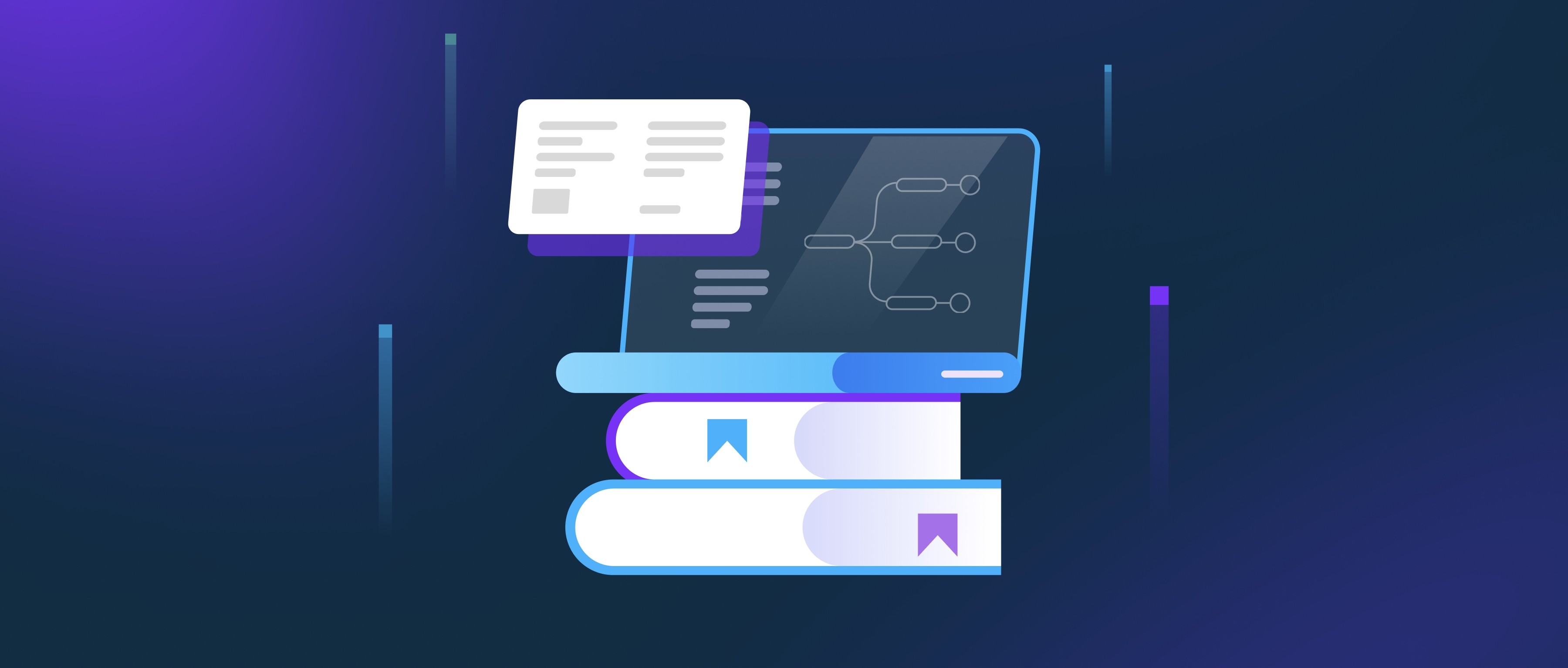The size of a model, in the context of reinforcement learning (RL), significantly impacts its performance in various ways. Generally, larger models can represent more complex functions and capture intricate patterns within the data. This capability often leads to improved decision-making and adaptability in complex environments. However, simply increasing the size of a model doesn’t guarantee better performance; it can also introduce challenges such as overfitting, higher computational requirements, and longer training times. Therefore, it’s crucial to strike a balance between model size and performance.
One major effect of model size is its influence on generalization. For instance, a large model might fit the training data extremely well, but it could struggle when faced with new situations if it's too complex for the amount of training data available. Overfitting occurs when the model learns noise in the training data rather than the underlying patterns. In contrast, smaller models might generalize better in situations where the training data is limited, but they may not perform as well in environments requiring complex decision-making. For example, using a simple policy gradient model in a game like chess may result in mediocre performance compared to a more complex deep Q-network that can evaluate potential moves more effectively.
Additionally, the impact of model size on computational resources cannot be overlooked. Larger models require more memory and processing power, which can hinder their deployment in real-time applications. For example, training a large deep learning model for RL on a standard laptop may take an impractical amount of time or be infeasible due to hardware limitations. In contrast, simpler models can be trained more quickly and deployed on less powerful devices, making them more practical for many applications. Ultimately, developers must consider the trade-offs between model size, performance, and resource constraints when designing RL solutions.
